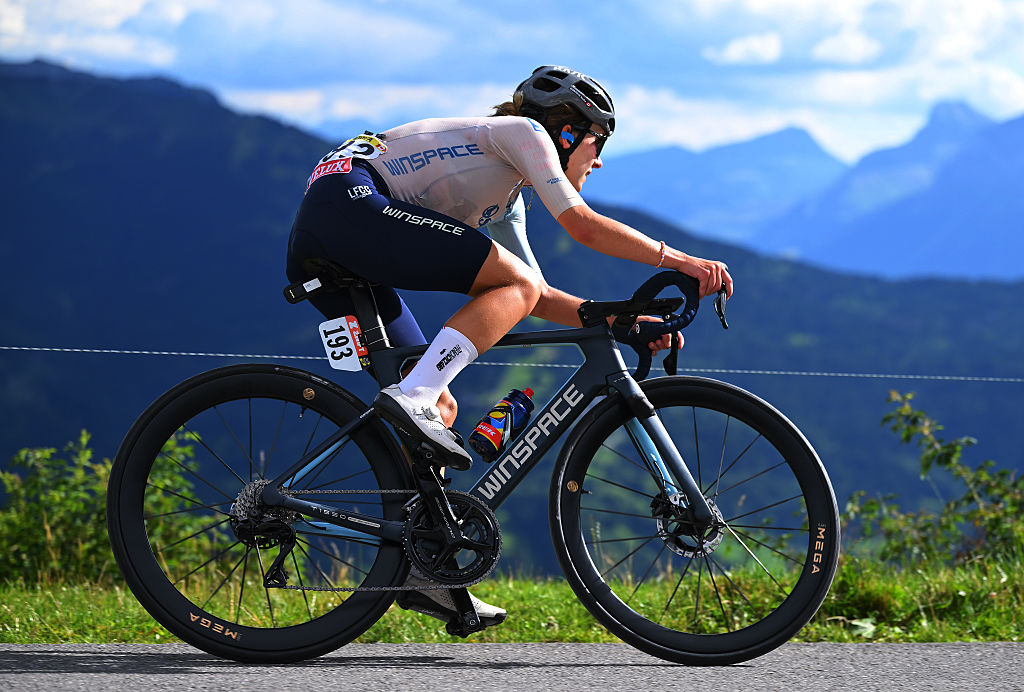Bikepacking gear: An essentials checklist
Preparing for an epic trip or some relaxing downtime away on the bike? Here is a guide to the bikepacking gear you'll want to consider
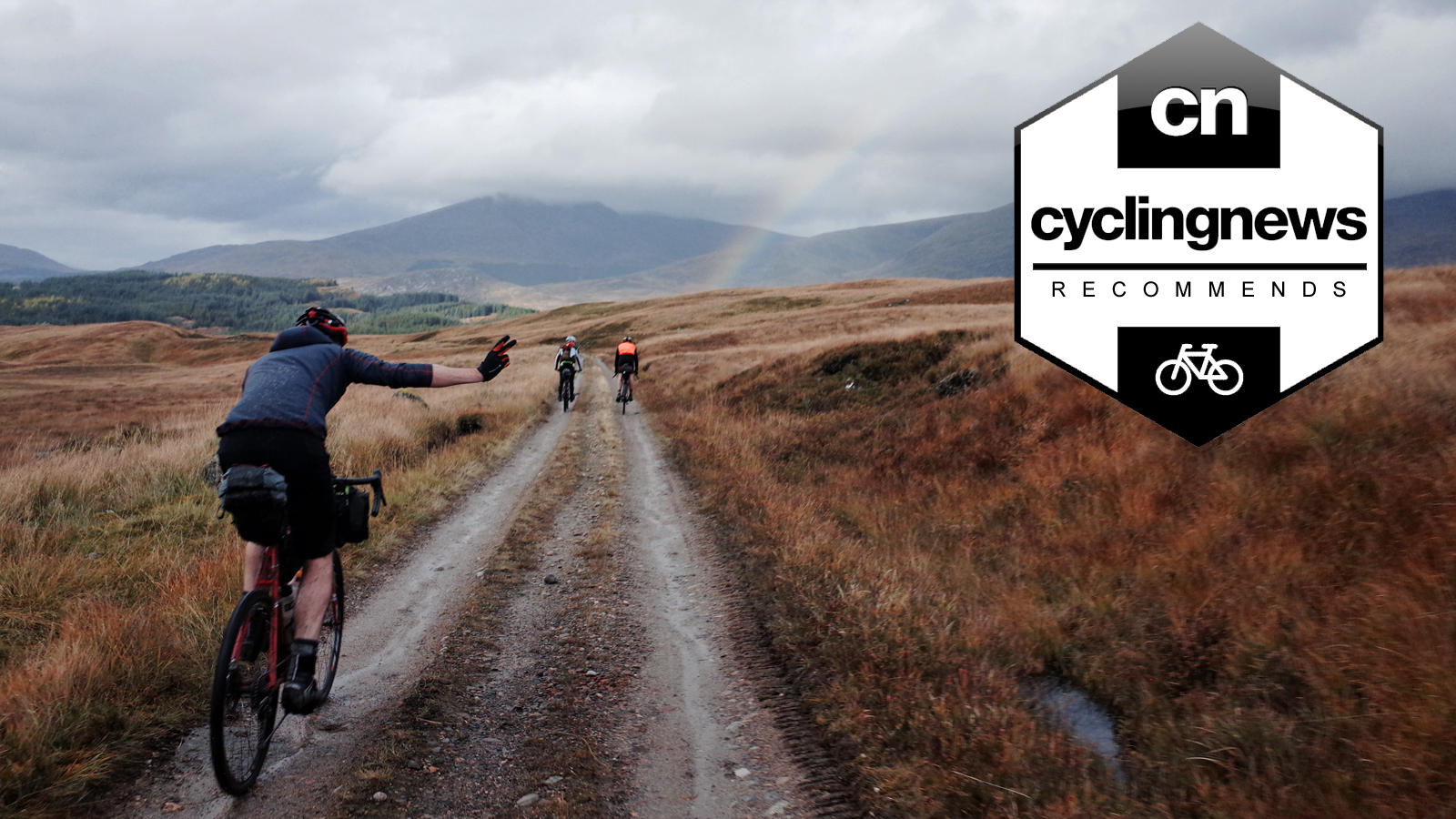
Camping isn't for everyone but if you like getting out into the wilderness and you also enjoy riding bikes then bikepacking will no doubt be something that you are keen to try if you already haven't. Whether tackling an epic route like the GBDuro or Highland Trail 550 or something far more relaxing, bikepacking gear opens up a new dimension to bike riding.
With the events of 2020 postponing pretty much every event, race and holiday on your calendar so far and will likely to continue having lasting effects on our ability to travel. Bikepacking opens up options for staycation adventures riding one of the many established bikepacking routes in the UK or simply a quick mid-week trip to reset the mind and escape your everyday surroundings.
Best gravel bikes: Fun and fast adventure bikes for your next off-road ride
Should I buy a gravel bike? The pros and cons
Gravel bike clothing guide: the best kit for gravel riding
You don't need necessarily need specific bikepacking gear to go bikepacking either, if you want to test the water there is no harm using a backpack to carry your camping equipment, although you will quickly figure out why bikepackers prefer to load their bikes rather than carry the weight on their bodies. It is important to remember that bikepacking is a learning process and as you gain more experience the better you get and the more enjoyable it becomes.
Keep reading as Cyclingnews takes a look at some of the most important bikepacking gear you'll want to consider when preparing for a bikepacking trip away.
Bikepacking gear
1. Plan ahead
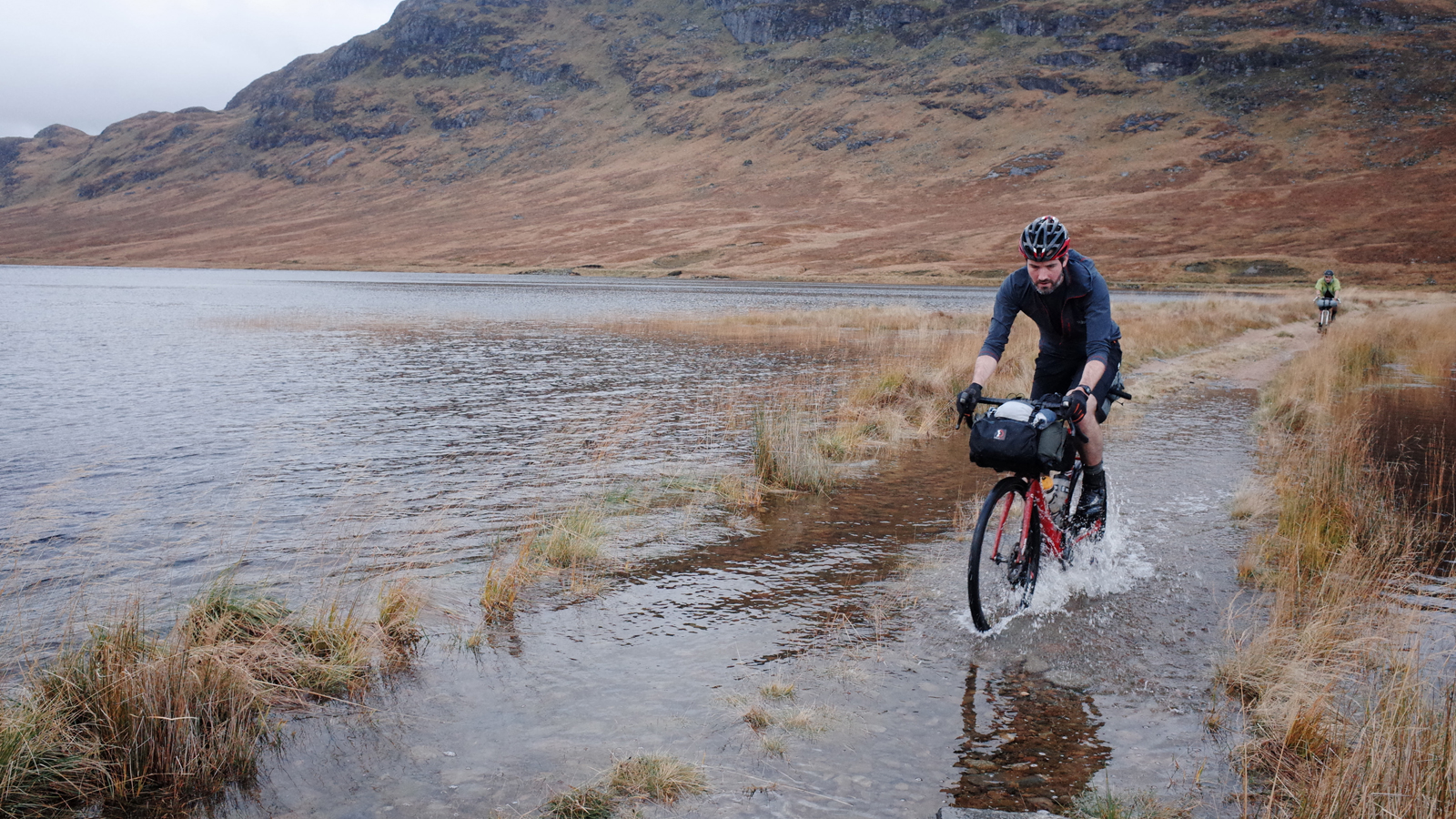
As the saying goes, by failing to prepare you are preparing to fail. Whether you are planning your own route or following one of the many established bikepacking routes, it is vital to familiarise yourself with the terrain, local towns, establish possible camping and resupply options as well as considering possible weather conditions and packing according.
Camping itself must be carefully considered to make sure that you follow local laws and restrictions as well as respecting the countryside by leaving no trace. For example, Scotland and Dartmoor allow wild camping but for the rest of the UK, permission must be sought from landowners or designated campsites used.
2. Sleeping system
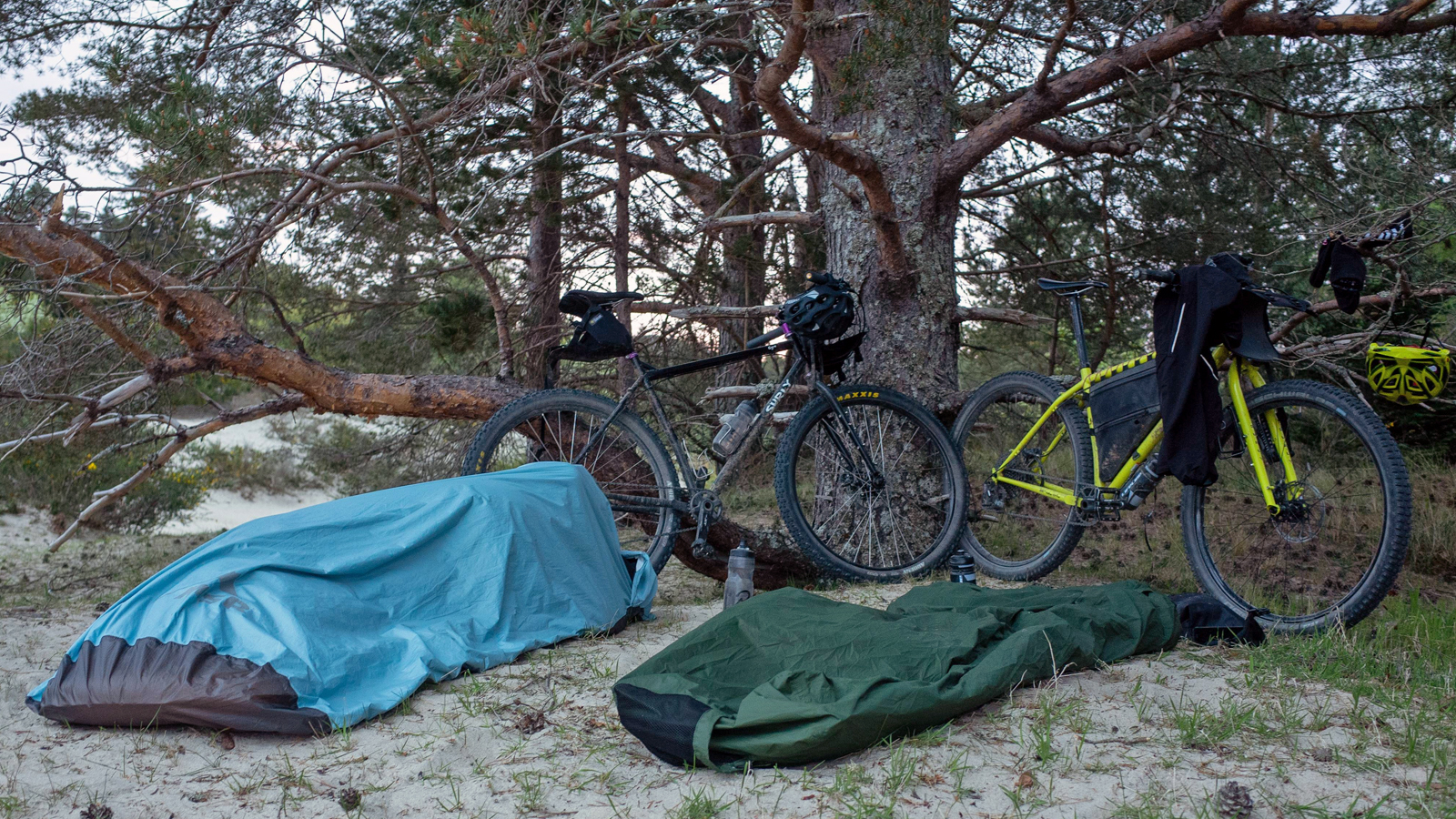
Outdoor sleeping systems fall into three camps: tent, bivy or hammock. These come in many different shapes and sizes with each having their own advantages and disadvantages. Quality of sleep can often be overlooked with comfort on the bike taking priority, however, a good night's sleep can have wondrous effects on your performance, especially when it comes to endurance exercise, as well as improving decision making and reactions.
The latest race content, interviews, features, reviews and expert buying guides, direct to your inbox!
Tents are the best option for wet and cold weather, being able to retreat into a dry space will make a huge difference to the quality of sleep and morale on an unpleasant night. The disadvantage is that they are heavier and bulkier to carry on the bike and require enough flat ground to pitch. Decent tents that are light and pack up small are also relatively expensive.
Bivy (or bivouac) bags are basically a waterproof jacket for your sleeping bag. They come in a range of styles from basic bags to hooped systems which could almost be classed as very small tents. Easy to set up and pack away all that is required is enough flat ground for you to lie down, they are best suited to those who want to travel light and fast. A standard bivy bag is much lighter and smaller than a tent but comes at a sacrifice of luxury and in poor weather, you will want to look for a camping spot with extra shelter. They can be paired with a tarp when poor weather is expected, however factoring the added cost, weight and potential limitations it may be better to just buy a tent.
The final option is to use a hammock, being suspended from the ground means that your good night’s sleep won’t be upset by lumpy or rocky ground. However, a hammock does rely on finding somewhere to hang so best suited to forested areas. In the warm and dry summer months, it’s possible to pair a hammock with a sleeping bag but in colder weather, you will need to add a sleeping pad and a tarp to your setup as being lifted off the ground will potentially lift you above sheltering bushes, exposing you to the chilling effects of the ambient air.
It may be tempting to save some money when buying a sleeping bag however it’s an item that you get what you pay for. Of course, we aren’t suggesting that a new bikepacker should spend £250 on a sleeping bag but this is an area where the performance returns on your investment are pretty great. High-end sleeping bags are lighter and pack much smaller, meaning your bike will ride better, extra storage capacity is freed up and your quality of sleep is improved.
Sleeping mats and pads not only add comfort but insulate the body from the ground (or air if you choose a hammock). They range from half size ultra-minimalist designs to full body length with extra insulation. We recommend looking for one made from 75D polyester as this will be more durable than the lighter weight 20D options which are more prone to punctures. Self-inflating mats are worth avoiding as they are much heavier and don’t offer any extra comfort. Some mats might come with an inflation sack which will stop moisture from your breath collecting inside and unpleasant stuff growing inside your mat.
3. Food
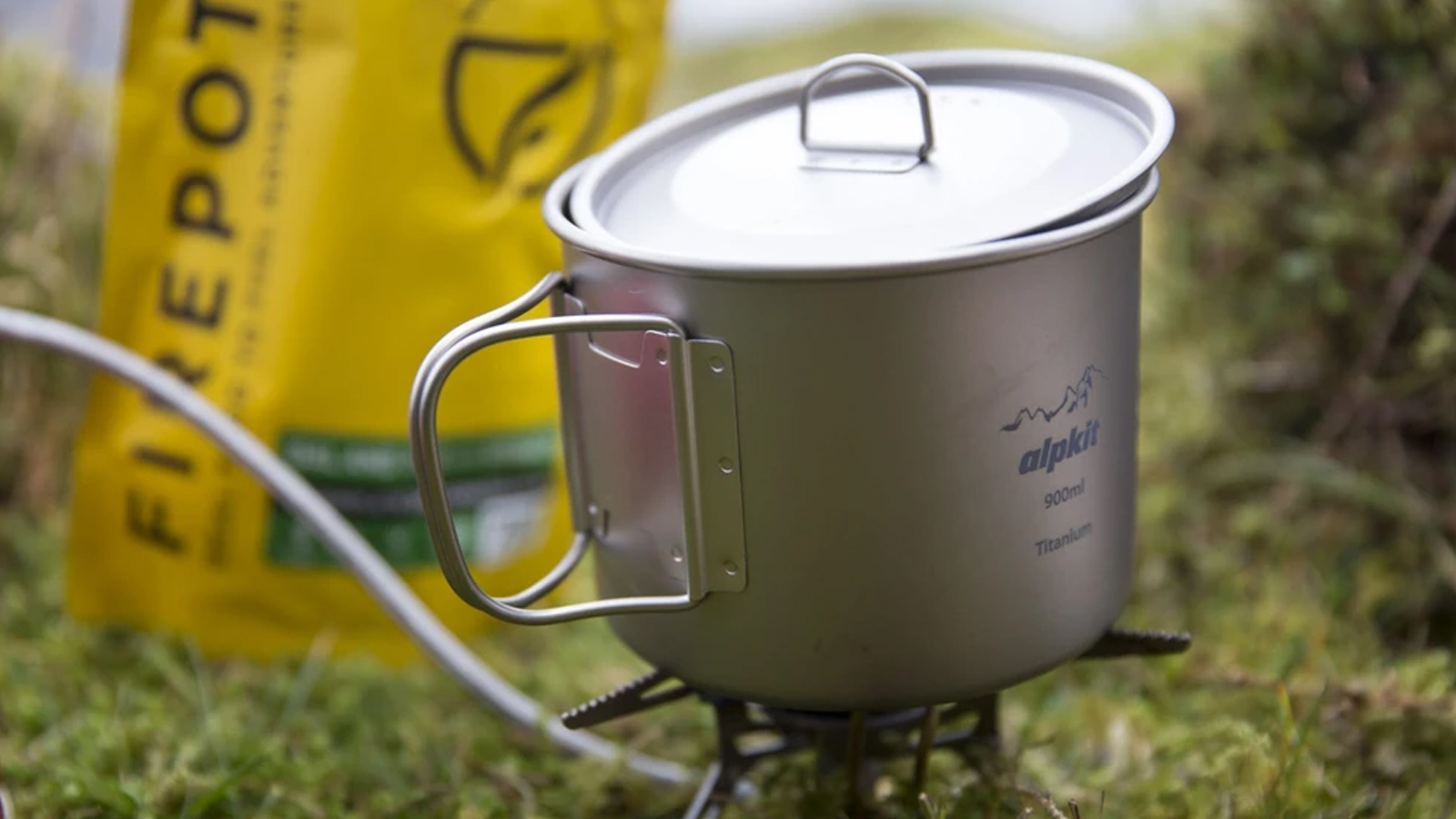
Your normal cycling nutrition might be great for a four or five-hour ride but if you are riding for two or more days in a row then you will probably begin to crave more substantial meals. What you choose to eat is very much down to how much ingredients and cooking equipment you are willing to carry. Whether you wish to make a bikepacking banquet or simply consume as many calories as quickly as possible there is plenty of choice for the culinarily creative. We usually opt for rice-based dishes as they are quick, pack small and use limited amounts of water to make. Of course, there is also a whole industry around making dedicated outdoor meals that are both filling, tasty and require little more preparation than tearing open a bag and adding boiling water.
4. Cooking system
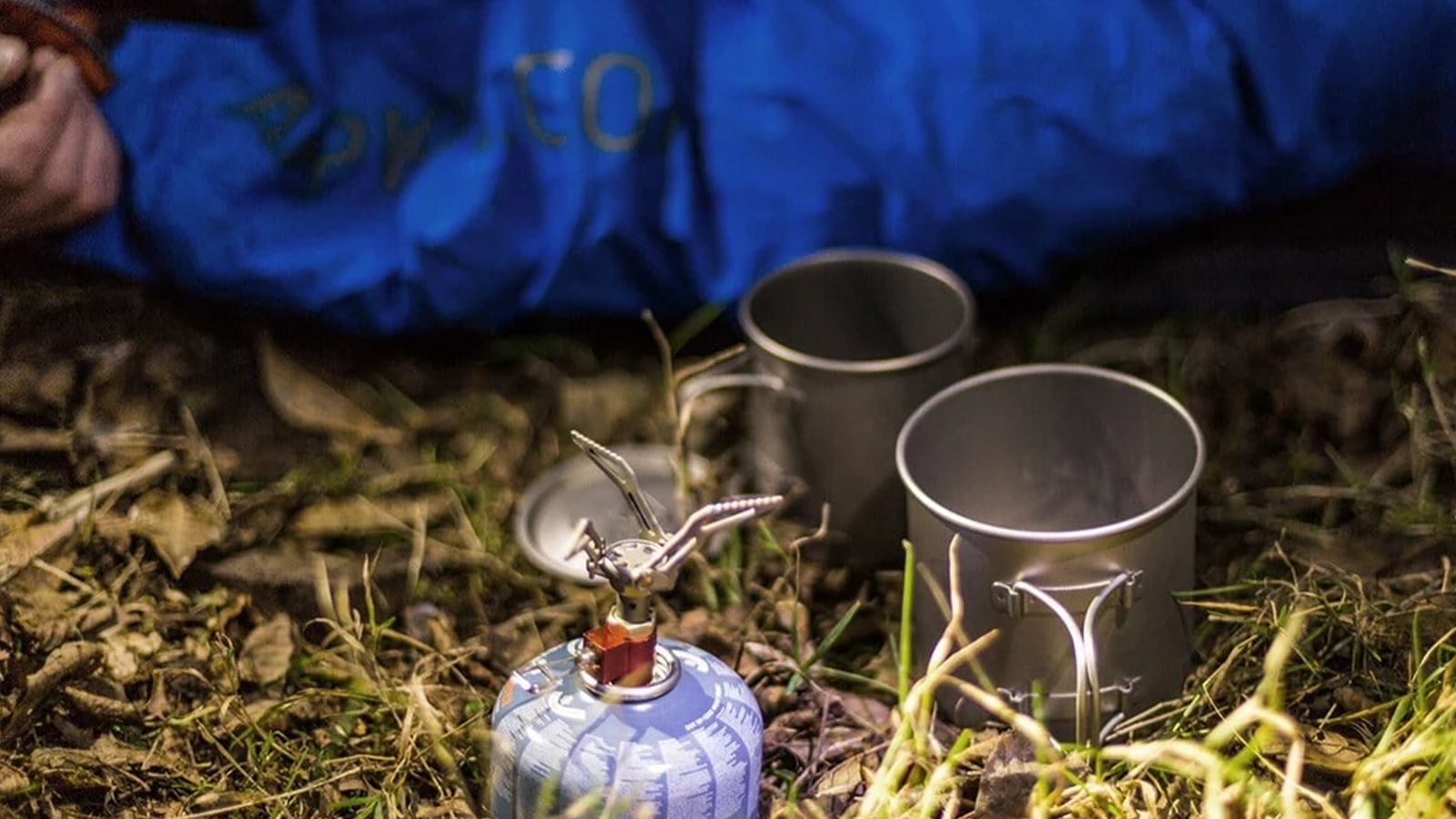
Cooking systems are best kept simple, a small gas-powered stove head and a small canister that can be packed into a large 600ml-750ml titanium pot will give a cheap yet compact and functional setup. Of course, there are alternative options which save weight and are more resistant to the effects of wind but this is an area where performance gains are fairly limited.
Remember to include a lighter, cleaning sponge and spork to complete your cooking setup and bonus points if you can store everything inside your pot. When buying a stove, choose one that uses a screw mount as canisters are more common and easier to find if you run out mid-trip.
5. Bags and packing
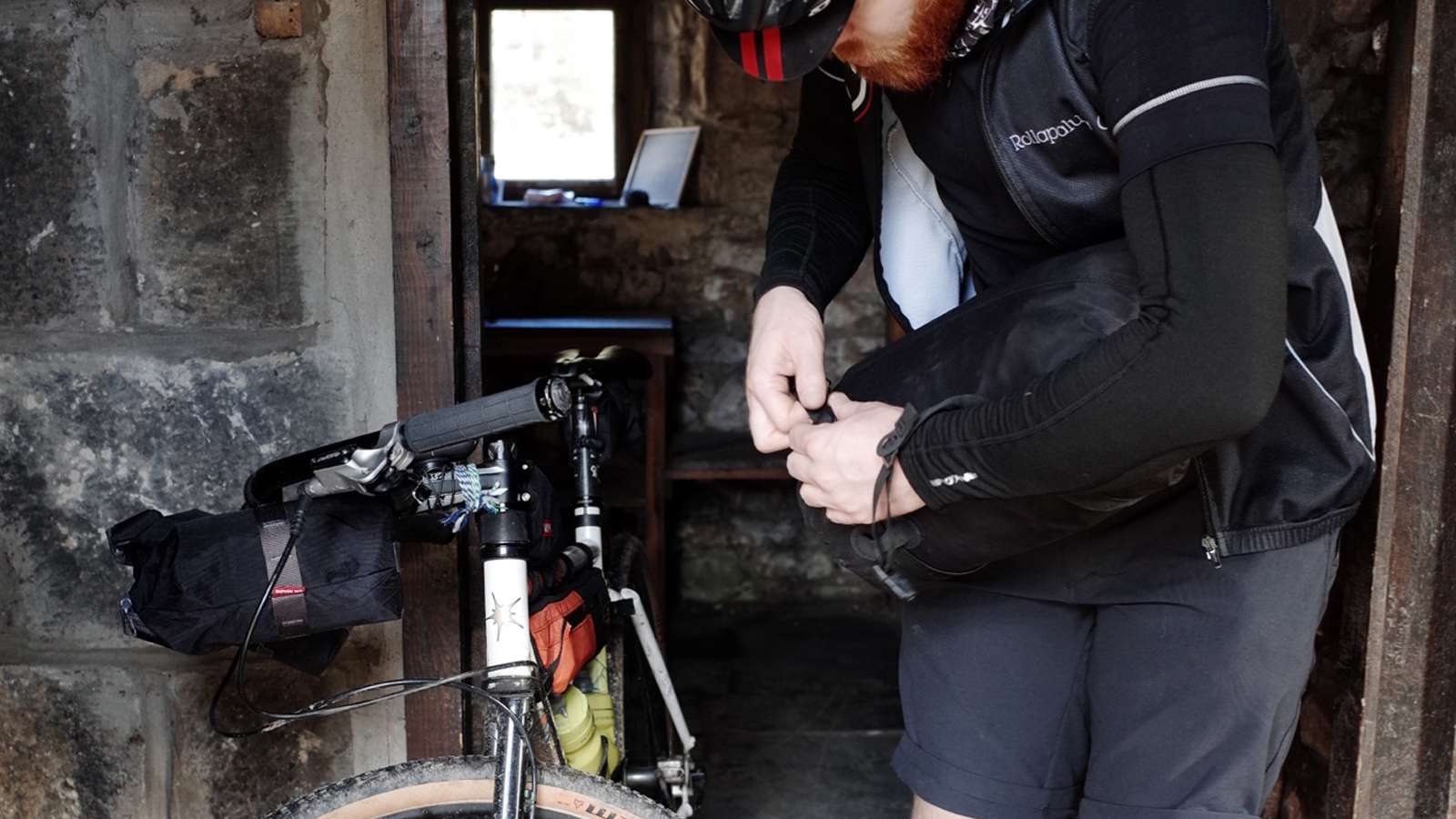
Soft style bikepacking bags which strap onto the frame, handlebars and seatpost have quickly risen in popularity over traditional pannier style bags due to their universal compatibility and versatility for offroad riding. There are a lot of considerations to make when choosing the right bag set up so we would recommend checking out our best bikepacking bags guide for a rundown of the best bags available and how to choose the best bags for you.
Packing these bags well is a skill that comes with experience. While there is not a single best method there are plenty of wrong ones which, with practice, can be refined and perfected.
6. Clothing
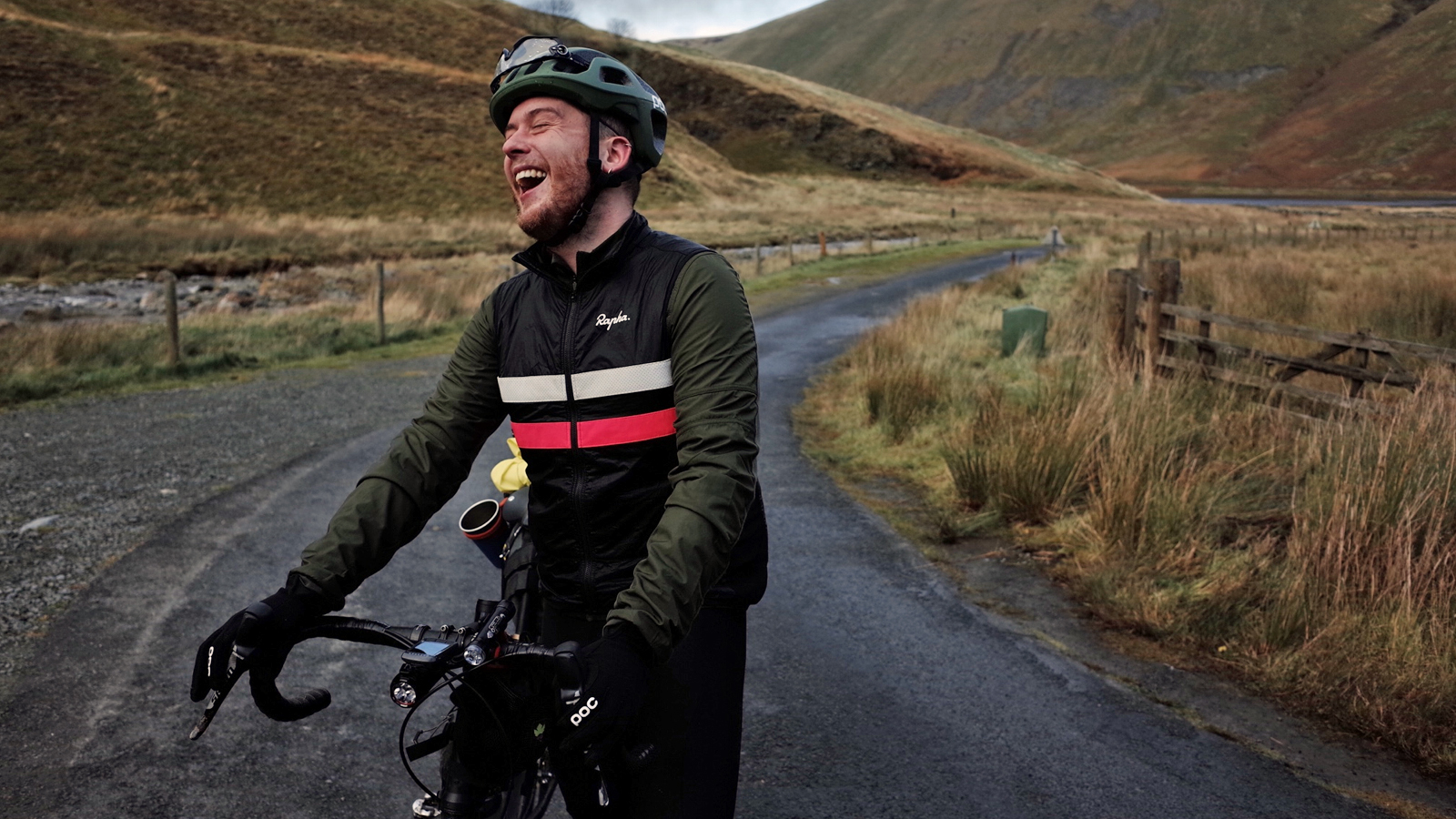
You don't need any special clothing to bikepacking, whether using your regular cycling shorts and jerseys, gravel clothing or mountain bike kit, choose kit that is comfortable on the bike and suitable for the weather conditions.
Packing too much kit is an easy mistake to make and the most common items are usually spare clothing. Extra clothing is important to provide layering options in changeable conditions as well as a change of clothing to wear off the bike. The best way to reduce the amount of clothing is to be ruthlessly honest about what you actually need to wear and try to choose clothing that not only packs small but can also be used in more than one situation. For example, a merino long sleeve base layer is comfortable to wear off the bike, warm to sleep in and can be used as an extra emergency layer if the weather is colder than expected.
7. Additional items
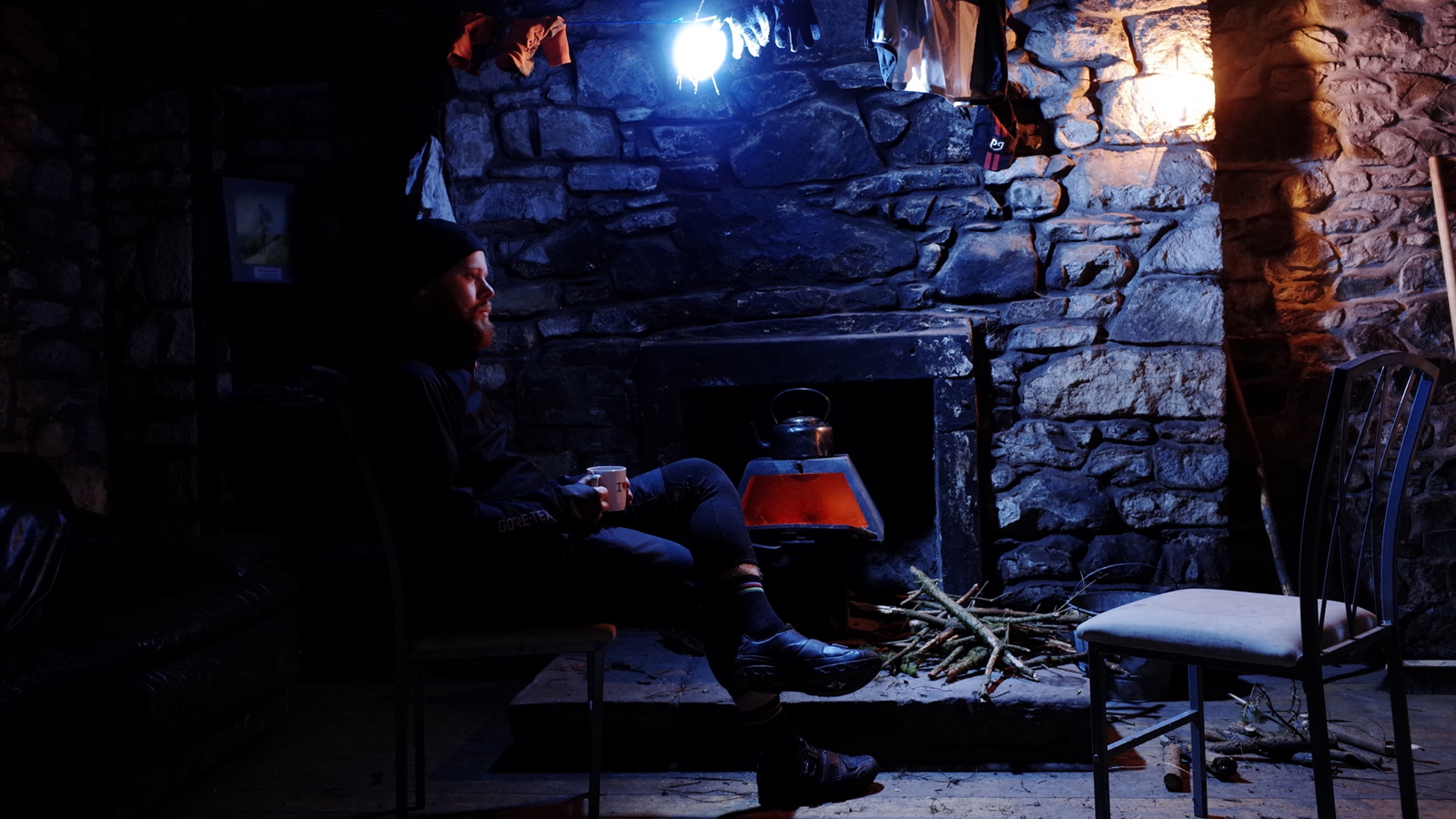
There is a host of additional items that range from luxuries to essentials that bikepackers like to carry on rides. Spares, tools, lights (bike lights for riding or a head torch), toilet paper and a first aid kit should be considered as essential. Water filters, camping tools (Leatherman or Swiss Army Knife style tools) and an external battery pack to charge devices may not be essential but can prove to be very useful. If you still have a little space for luxury items, packing an Aeropress for the mornings or hip flask to enjoy around the fire can be the finishing touch to a great day bikepacking.
Graham has been part of the Cyclingnews team since January 2020. He has mountain biking at his core and can mostly be found bikepacking around Scotland or exploring the steep trails around the Tweed Valley. Not afraid of a challenge, Graham has gained a reputation for riding fixed gear bikes both too far and often in inappropriate places.

